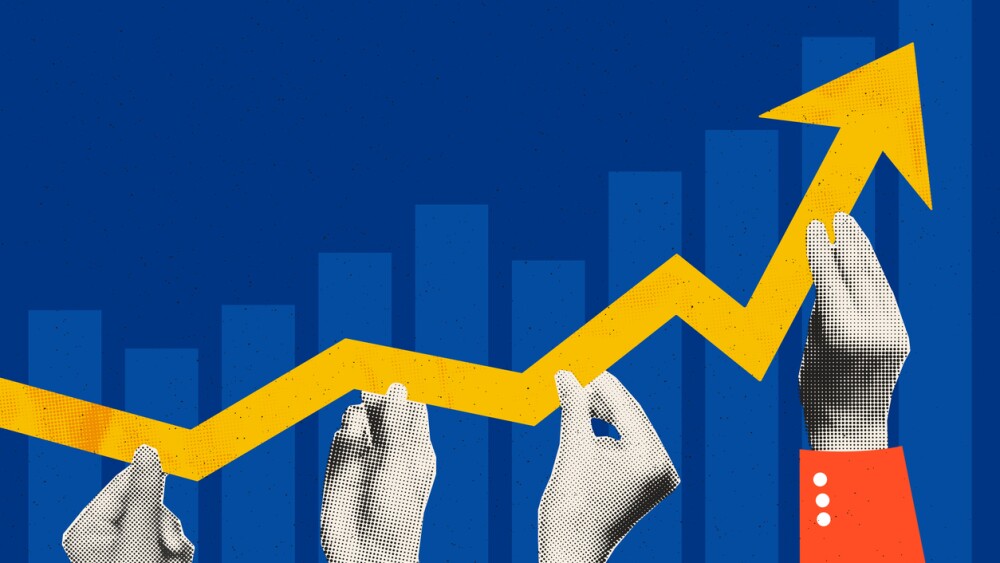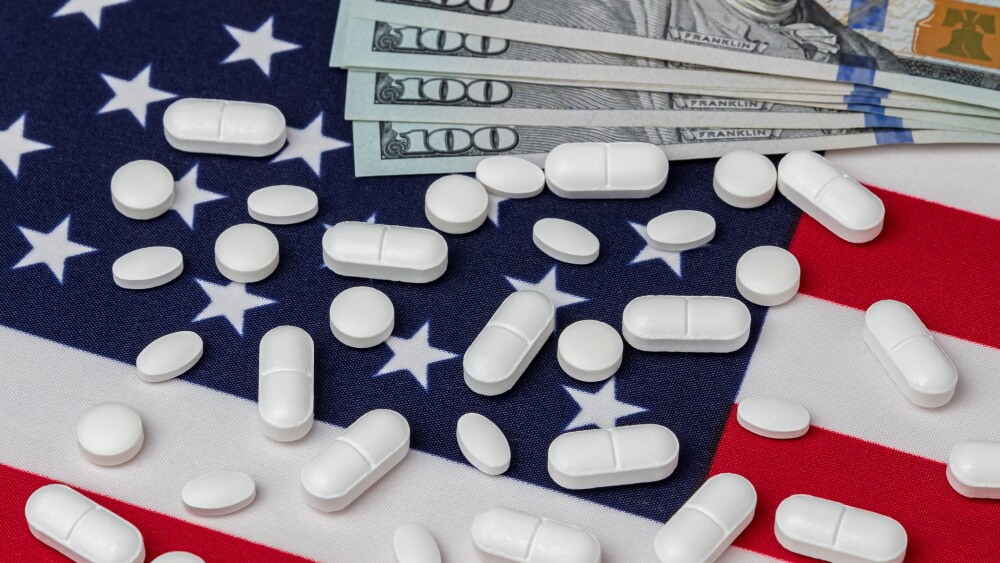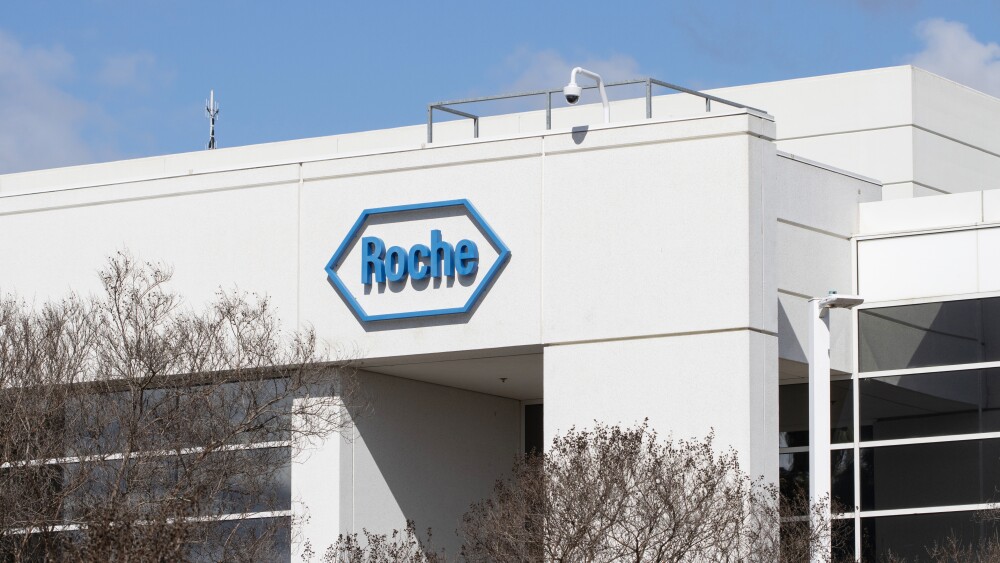BEIJING, May 15 /PRNewswire-Asia/ -- Sinovac Biotech Ltd. , a leading developer and provider of vaccines in China has announced its unaudited financial results for the three-month period ended March 31, 2009.
Mr. Weidong Yin, Chairman, President and CEO of Sinovac, commented, "We continue to leverage our R&D capabilities to fuel future growth. Our new R&D center is operating now, which will speed up our R&D process. Our objective for the next three to five years is to have one or two product candidates per year entering into clinical trials beginning in 2010 and one or two products launched into the market per year commencing in 2012. In addition to our organic growth strategy, with $23 million of cash and cash equivalents we have financial flexibility to selectively pursue acquisition candidates that will help to expand our product pipeline. Although we are experiencing the effects of the global financial crisis, we are confident that our balance sheet will support the strategic acquisition and integration of businesses that will strengthen our foundation for rapid development.
"We are very excited about our growth prospects for 2009 despite a sales shortfall in the first quarter. Our sales budget for 2009 is heavily weighted towards the second half of the year. We continue to focus our sales efforts on driving growth in the private pay market, as we further penetrate less developed areas of China. Additionally, in the beginning of the year, we successfully won the bid for the MOH purchase of hepatitis A vaccines, providing Sinovac with an entrance into the public market. Being awarded this contract is a major achievement that demonstrates the success of our strategy to pursue public market opportunities. We believe that Sinovac will perform well in both the public and private markets in 2009. Our 2009 sales projections are in the range of $55 million to $60 million, which is approximately a 20% increase over 2008 sales.
Mr. Yin continued, "In addition, the outbreak of influenza A (H1N1) has created potential opportunities for Sinovac. Our R&D capability makes us the only manufacturer in China with the license to produce pandemic influenza vaccines. In response to the global outbreak, we have initiated preparatory activities for the production of a vaccine for the new virus strain. We remain focused on updates from international organizations about the spread of this virus and for the reassortant strain needed for vaccine production; we are also keeping in close contact with the Chinese government. We believe that our proven technological and operational expertise, production capacity and financial flexibility will support our ability to supply vaccines for H1N1 should the need arise. We also have a robust pipeline of other vaccines for other infectious diseases, including enterovirus 71, conjugated pneumococcal vaccine, and Japanese encephalitis, which we anticipate will drive longer-term revenue growth."
Financial Review for Three Months Ended March 31, 2009
During the first quarter of 2009, sales were $6.6 million, compared to $8.9 million in the first quarter of 2008. Sinovac continues to devote significant resources to marketing Healive to China's private market and an increase in demand for Healive in the public market is expected. The public market operates differently from the private market, which will impact the seasonality of the Company's sales.
The hepatitis A vaccine market in China is currently experiencing a transitional period; it has previously been only private market but now private and public markets co-exist. In response to the market transition, Sinovac has adjusted its sales and marketing strategy for Healive in order to enter into the public market. In April, Sinovac won the MOH bid, marking the Company's entry into the public market. Since Sinovac had previously focused solely on the private market, it expects it will take some time to build up its position in the public market. Additionally, in the first quarter of 2009, due to a government mandate, China CDC largely devoted its resources to other vaccination programs which has adversely impacted sales of Healive and affected Sinovac's first quarter sales. Sales of Bilive increased significantly during the quarter and the Company expects it to become a complementary product to Healive in the private market, whereas Healive is expected to increasingly penetrate the public market.
Gross profit for the first quarter 2009 was $5.1 million, with a gross margin of 78%, compared to $7.8 million and a gross margin of 88%, for the same period of 2008. The gross margin was adversely impacted by the decreasing percentage of Healive sales in total sales revenue, as Healive has the highest gross margin among the three products. The gross margin for the first quarter was relatively flat with the fourth quarter gross margin of 79%.
Total operating expenses for first quarter of 2009 were $4.5 million, compared to $4.7 million in the comparative period in 2008. Selling, general and administrative expenses for the first quarter of 2009 were $3.5 million, compared to $3.6 million in the same period of 2008. The SG&A reflects investments in sales and marketing, consulting, travel and other expenses to execute the Company's growth strategy for 2009 and beyond. SG&A expenses, as a percentage of first quarter 2009 sales, increased to 54%, compared to 40% during the prior year. Selling expense decreased in tandem with the lower sales revenue, but G&A increased primarily due to higher bad debt expense. In addition, in January 2009, Sinovac granted about 1.7 million options to its employees, which incurred stock based compensation in the quarter. .
Net research and development expenses for the first quarter 2009 were $759,000, compared to $929,000 in the same period of 2008. R&D expenses in the first quarter of 2009 mainly related to the advancement of pre-clinical stage vaccine candidates against enterovirus 71, human rabies, Japanese encephalitis animal rabies and split pandemic influenza vaccines
First quarter 2009 operating income was $646,000, compared to an operating income of $3.1 million in the prior year. Net income for the first quarter of 2009 included $482,000 in income tax expenses, $126,200 in net interest and financing expenses and $107,000 of minority interest. Net income for the same period of 2008 included $158,000 of net interest expense, $719,000 of income taxes expense, and $0.7 million of minority interest. The net income for first quarter of 2009 was $25,000, or $0.00 per diluted share, compared to net income of $1.6 million, or $0.04 per diluted share, in the same period of 2008.
As of March 31, 2009, Sinovac's cash and cash equivalents totaled $23.3 million, compared to $32.9 million as of December 31, 2008. The decrease in cash and cash equivalents primarily reflects investment in working capital and equipment purchases for the new R&D center in Beijing. Due to the economic downturn, government agencies delayed payment due to reduced government income; Sinovac does expect to collect on these receivables later this year.
Recent Developments
In April 2009, Sinovac announced that it won the MOH's procurement bid for hepatitis A vaccine worth approximately RMB 87 million or $12.8 million. A part of the government's large-scale efforts to improve public health, the hepatitis A vaccination program will cover young children aged 18 months to 12 years in 32 cities or counties in nine provinces.
The government order for a total of 2.41 million doses was comprised solely of inactivated vaccines due to their higher safety profile, comprising 1.79 million doses to be delivered in the form of pre-filled syringes (PFS) for ease of application and 620,000 vial doses. Sinovac is the sole supplier of the hepatitis A vaccine in this program. In 2008, Sinovac, through China's MOH, supplied its hepatitis A vaccine, Healive, in the Sichuan earthquake disaster area. Sinovac's role in the relief effort helped Healive to gain recognition as a safe and high-quality vaccine against the hepatitis A virus.
Also in April 2009, Sinovac responded to the global influenza A (H1N1) outbreak by initiating preparatory activities for the production of a vaccine for the new H1N1 strain. Sinovac has contacted various Chinese government authorities and global health organizations in order to closely monitor the disease and evaluate strategies to control and prevent its transmission. In May, high ranking government officials visited Sinovac to gain a better understanding of our capacity to produce the H1N1 vaccine. In 2008, following the receipt of a Chinese government grant, Sinovac expanded its annual manufacturing capacity for its pandemic influenza vaccine, Panflu(TM), to 20- 30 million doses; these facilities can also be leveraged in the development of a new H1N1 flu vaccine. Sinovac expects to receive the H1N1 virus strain by the end of May, which would enable the Company to commence manufacturing the vaccine as needed. In addition to Chinese authorities, Sinovac has also received inquiries from other countries and regions. Sinovac has filed its application for a pandemic influenza (H5N1) vaccine in Hong Kong and submitted an influenza vaccine dossier to its distribution partner in India.
In May, Sinovac filed a registration dossier for a split pandemic influenza vaccine with the China SFDA to ensure children and juveniles are protected during an influenza pandemic. This is a complementary product to the Company's whole viron pandemic influenza vaccine, Panflu, protects adults from this virus and was approved in April 2008. SFDA has initiated the review and approval process for the split pandemic influenza vaccine and expects to receive the approval shortly. Once Sinovac receives approval, the Company's vaccines that protect larger age groups from pandemic influenza.
In addition, Sinovac is expanding beyond the human vaccine market by entering into the animal vaccine market as there is a sizable market opportunity for animal vaccines. Tangshan Yian, Sinovac's wholly owned subsidiary, is focusing on the animal vaccine business to help drive growth. In January 2009, the Company obtained approval from China's Ministry of Agriculture to conduct field trials of internally developed inactivated animal rabies vaccine, which are currently on schedule. In the first quarter, over 10,000 dogs were immunized with Sinovac's vaccine candidates, demonstrating that the vaccine has a good safety profile. Sinovac expects the vaccine to be launched into the market in 2010.
Conference Call Details
The Company will host a conference call on Friday, May 15, 2009 at 9:00 a.m. ET (9 p.m. China Standard Time) to review the Company's first quarter financial results for the period ended March 31, 2009 and provide an update on recent corporate developments. To access the conference call, please dial 1-877-407-4018 (USA) or 1-201-689-8471 (international). A replay of the call will be available from 12:00 p.m. ET on May 15, 2009 until May 29, 2009. To access the replay, please dial 1-877-660-6853 (USA) or 1-201-612-7415 (international) and reference the account number 3055 and the access code 322891. A live audio webcast of the call will also be available from the Investors section on the corporate web site at http://www.sinovac.com . A webcast replay can be accessed on the corporate website beginning May 15, 2009 and the replay will remain available for 30 days.
About Sinovac
Sinovac Biotech Ltd. is a China-based biopharmaceutical company that focuses on the research, development, manufacture and commercialization of vaccines that protect against human infectious diseases. Sinovac's vaccine products include Healive(R) (hepatitis A), Bilive(R) (combined hepatitis A and B), and Anflu(R) (influenza). Panflu(TM), Sinovac's pandemic influenza vaccine (H5N1), has already been approved for government stockpiling. Sinovac is developing vaccines for enterovirus 71, universal pandemic influenza, Japanese encephalitis vaccine, and human rabies vaccine. Its wholly owned subsidiary, Tangshan Yian, is conducting field trials for independently developed inactivated animal rabies vaccines.
Safe Harbor Statement
This announcement contains forward-looking statements. These statements are made under the "safe harbor" provisions of the U.S. Private Securities Litigation Reform Act of 1995. These forward-looking statements can be identified by words or phrases such as "will," "expects," "anticipates," "future," "intends," "plans," "believes," "estimates" and similar statements. Among other things, the business outlook and quotations from management in this press release contain forward-looking statements. Statements that are not historical facts, including statements about Sinovac's beliefs and expectations, are forward-looking statements. Forward-looking statements involve inherent risks and uncertainties. A number of important factors could cause actual results to differ materially from those contained in any forward- looking statement. Sinovac does not undertake any obligation to update any forward-looking statement, except as required under applicable law.
CONTACT: Helen G. Yang of Sinovac Biotech Ltd., +86-10-8289-0088 x9871,
Fax: +86-10-6296-6910, info@sinovac.com; or Investors: Amy Glynn,
+1-646-536-7023, aglynn@theruthgroup.com, or Sara Pellegrino,
+1-646-536-7002, spellegrino@theruthgroup.com, both of The Ruth Group; or
Media: Janine McCargo of The Ruth Group, +1-656-536-7033,
jmccargo@theruthgroup.com




